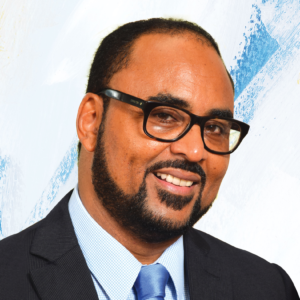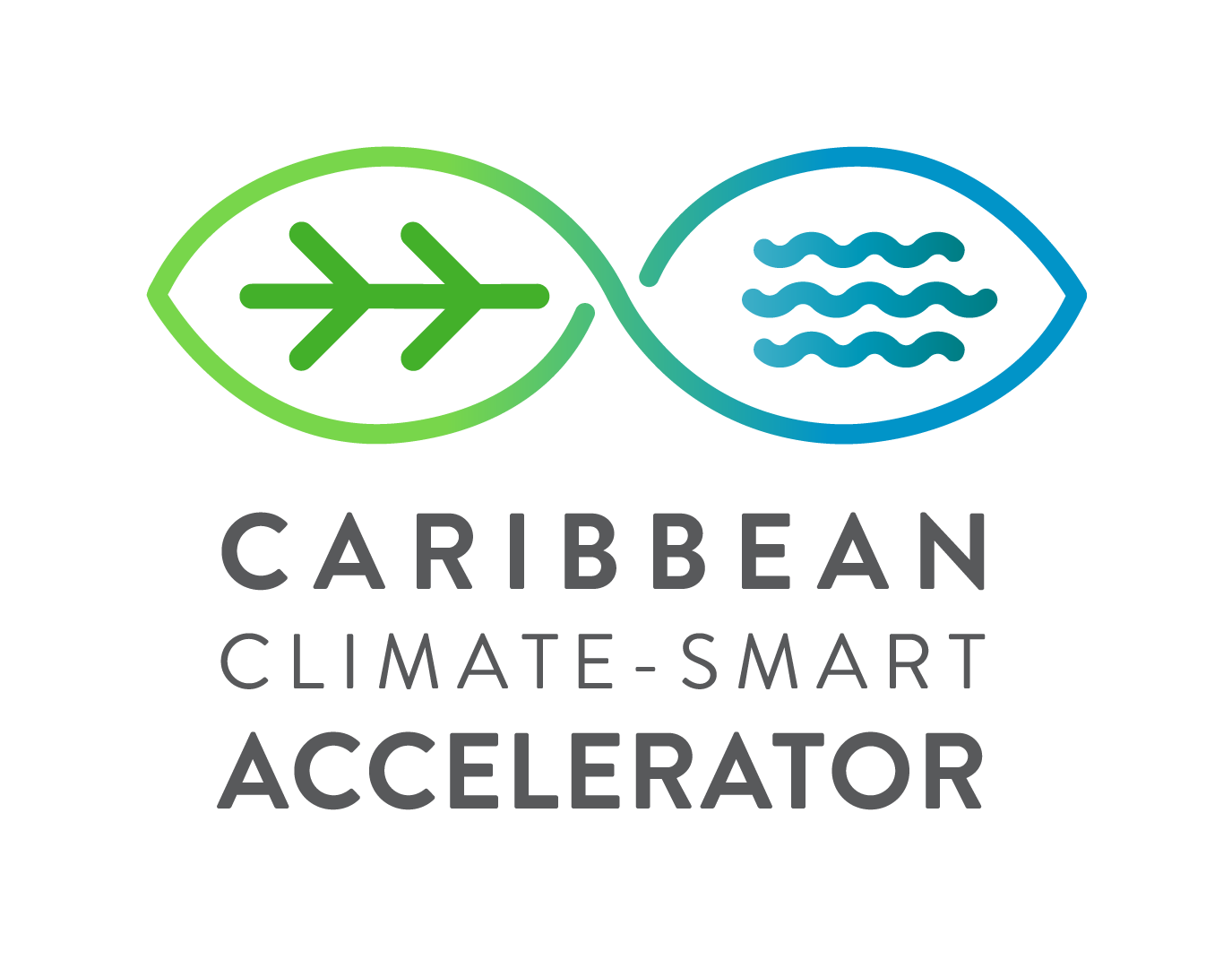The Role of Risk Pools in Financing Loss and Damage to Financially Protect Economies, Communities, Livelihoods and People

Isaac Anthony – CEO of CCRIF SPC (formerly the Caribbean Catastrophe Risk Insurance Facility)
I am pleased that CCRIF SPC is joining our Caribbean partners at COP28 to showcase the work of CCRIF in relation to loss and damage, join the discussions, and propose solutions for financing loss and damage. We are grateful to CARICOM and the Caribbean Community Climate Change Centre for providing the framework for this opportunity. The Caribbean is the home to the world’s first multi-country, multi-peril risk pool and it is quite apt for the CARICOM Pavilion to host not only CCRIF but also the other three risk pools – ARC, PCRIF and SEADRIF (which serve Africa, the Pacific Islands, and Southeast Asia, respectively) to showcase the collaboration among the risk pools that is leading to solutions to address and scale up financing for loss and damage.
CCRIF is pleased that in the last few years, successive COPs have really been exploring mechanisms and instruments to proffer solutions to address the financing of loss and damage and to financially protect the economies of countries, as well as livelihoods, communities and people that are particularly vulnerable to natural hazards, particularly hydro-meteorological hazards that are being exacerbated by climate change. Once it is clear that “loss and damage” refers to the impacts of climate change that occur despite adaptation and mitigation efforts, then the importance of disaster risk financing and facilities such as CCRIF and its parametric insurance products take on even greater significance.
At CCRIF, we know well that following natural disasters, quick liquidity is critical for countries, regardless of economic indicators (GDP growth, GDP per capita, inflation rate etc), and the wealth of a country. Quick liquidity is needed to support the most vulnerable people with food, water, and shelter; clear roads and debris; and get critical infrastructure up and running such as electricity and water treatment plants etc. However, financial resources are not readily available in-country after a natural disaster due to the shutdown of economies following disasters. Ex-ante disaster risk financing (DRF) instruments, such as parametric insurance are key to closing that liquidity gap – providing resources to close the space between immediate relief (within hours of the event and usually in the form of goods and personnel support) after the disaster happens and longer-term reconstruction and redevelopment efforts.
Since CCRIF’s inception in 2007, the Facility has made 63 payouts totalling over US$267 million to 17 of our 26 members all within 14 days of the event. About 65% of CCRIF payouts have been used by governments to address immediate needs caused by the disaster.
At COP this year, we will be hosting and participating in several panels to bring enhanced understanding of linkages between loss and damage and disaster risk financing. We will also engage in discussions that show the relationship between comprehensive disaster risk financing and financial protection. I will highlight 5 of these panels. CCRIF will host 3 panels that focus on loss and damage, disaster risk financing, and comprehensive disaster risk management and support 2 other panels that will shed light on the work of the four global risk pools – our current and future efforts. One of these 2 panels will be led by the Global Shield Solutions Platform and will focus on launching the Thematic Window for Regional Risk Pools that will promote the development of innovative and improved financial solutions for vulnerable countries. The second panel will feature the heads of the four risk pools and bring focus to Building Resilience to the Climate Crisis Perspectives and Shared Solutions from the Global Risk Pools.
The 3 panels that CCRIF will host are:
- The natural hazard landscape in the Caribbean and Central America – A conversation with the Heads of CCRIF, CDEMA and CEPREDENAC: Challenges, Best Practices, Lessons Learned, and Solutions for Sustainability and Resilience. This panel will enable the heads of the agencies to engage in open and frank discussion and share how the regions of Central America and the Caribbean – while different – are similar in how they are addressing comprehensive disaster risk management – from the perspectives of risk identification, risk reduction, financial protection, preparedness, and post-disaster reconstruction in the two regions. The idea would be to discuss best practices in each region, similarities in the work the agencies are doing and shared solutions and collaborative arrangements going forward.
- Addressing Loss and Damage and Financial Protection Best Practice Examples from the Caribbean. This panel is designed to highlight the Caribbean efforts to address loss and damage and financial protection, where we are proud to say that several best practice examples are being implemented. The panel will focus on the impacts of loss and damage in the Caribbean, and the various solutions being employed to address same. Some of these include parametric insurance for natural disasters, economic sectors, and ecosystems such as coral reefs. The panel also will explore how one Caribbean country is effectively employing the risk layering approach and using multiple instruments to ensure the financial protection of its economy – from parametric insurance to catastrophe bonds, contingent credit facilities and dedicated reserve bonds.
- Coping with climate risk – the role of Shock-Responsive Social Protection and Insurance in Supporting Vulnerable Groups: Protecting people, livelihoods and local communities against climate related risks. On this panel we will explore how the Caribbean and the Pacific – countries and organizations – are employing social protection strategies and creating avenues to ensure that these social protection systems are shock responsive in the face of the increasing frequency and intensity of natural disasters and the impacts on vulnerable groups. We will also hear some of the issues and challenges that countries face as they try to make their social protection policies more shock responsive. At the end of this panel we are aiming to have a register of lessons learned and best practices in SRSP.
We will have over 20 speakers sharing their experiences, views and perspectives across these panels and seeking to come up with concrete solutions, strengthened partnerships and sharing of best practices and lessons learned as we strive to achieve development that is sustainable and ‘leave no one behind’.






